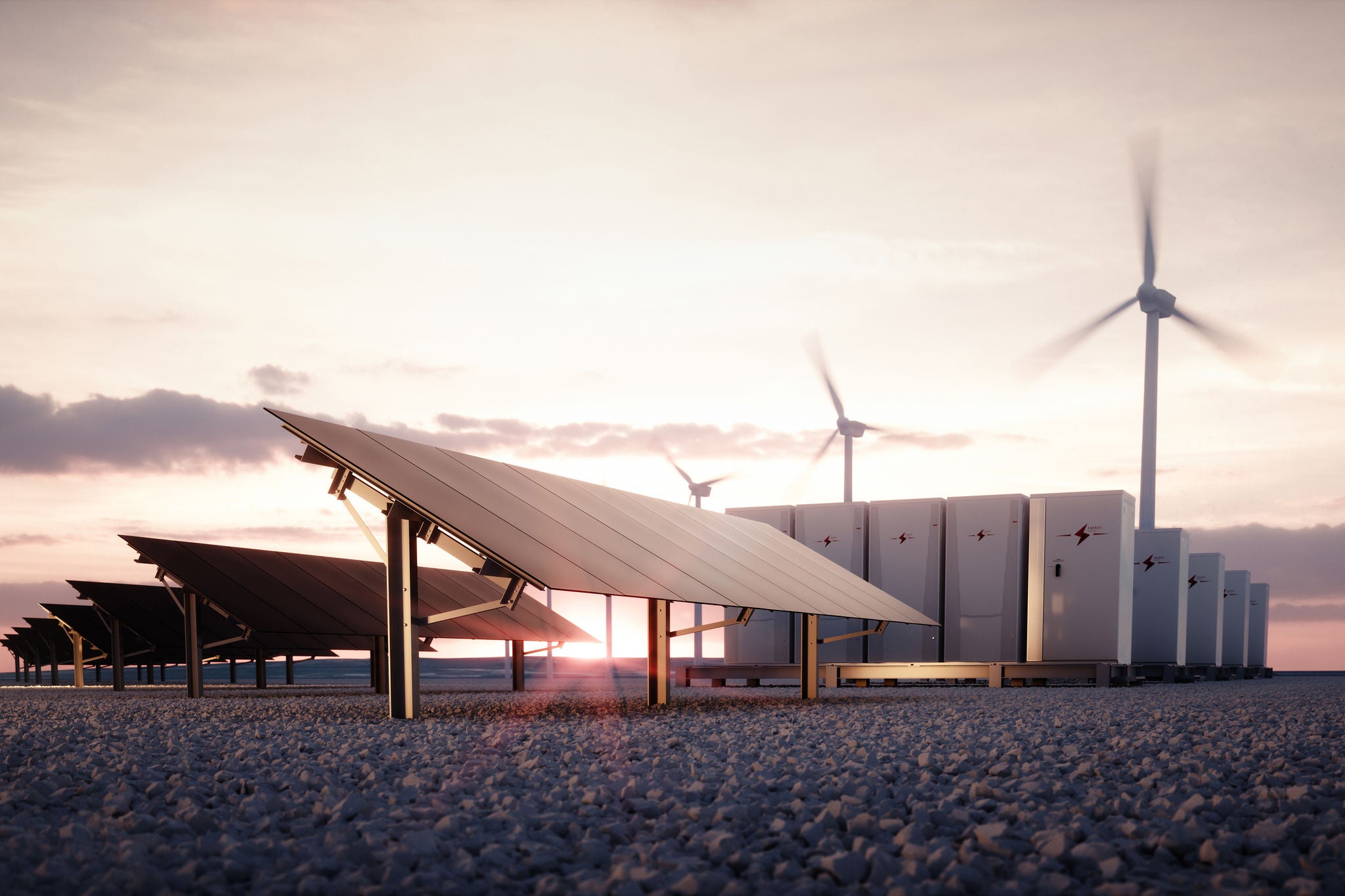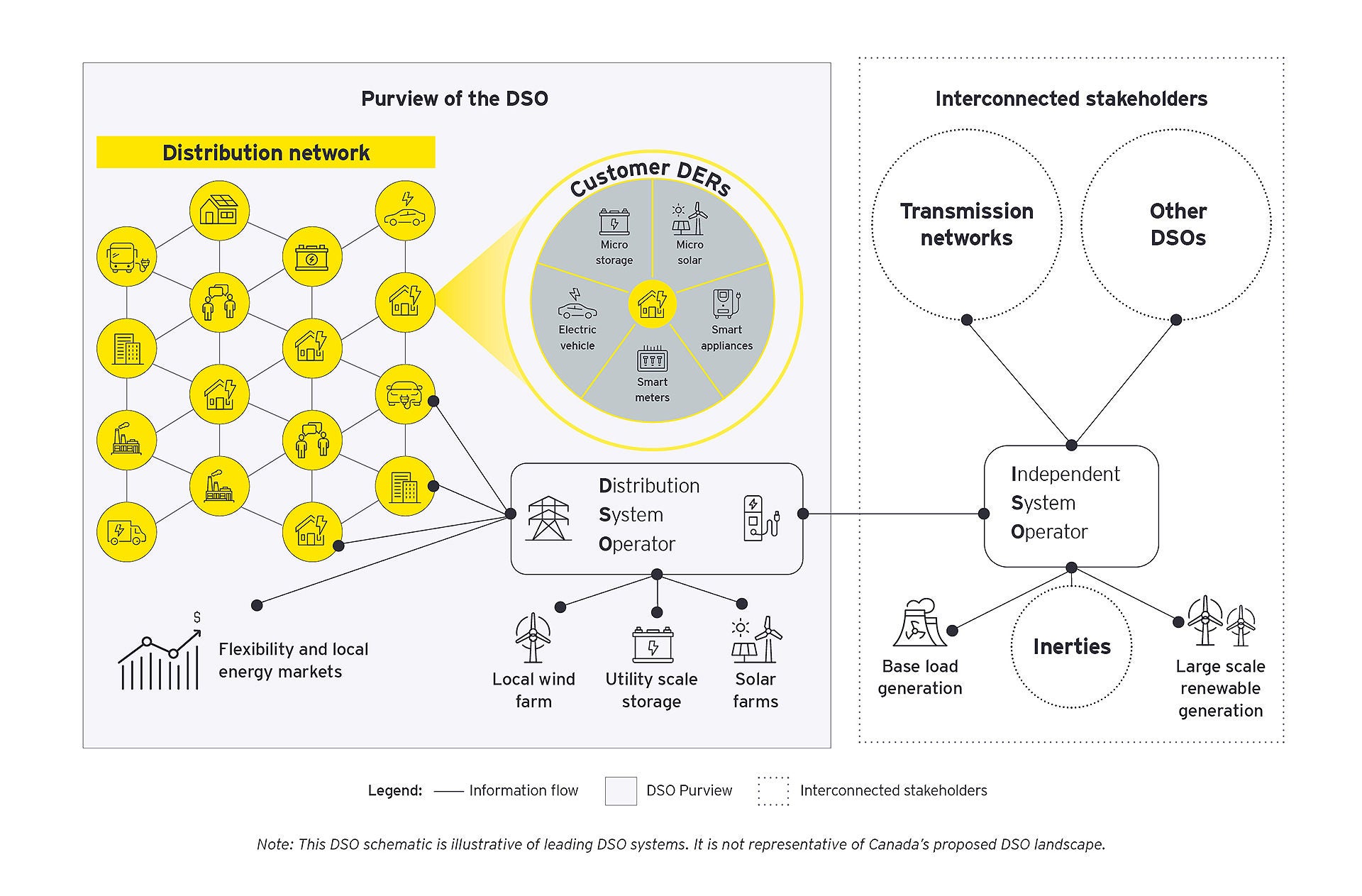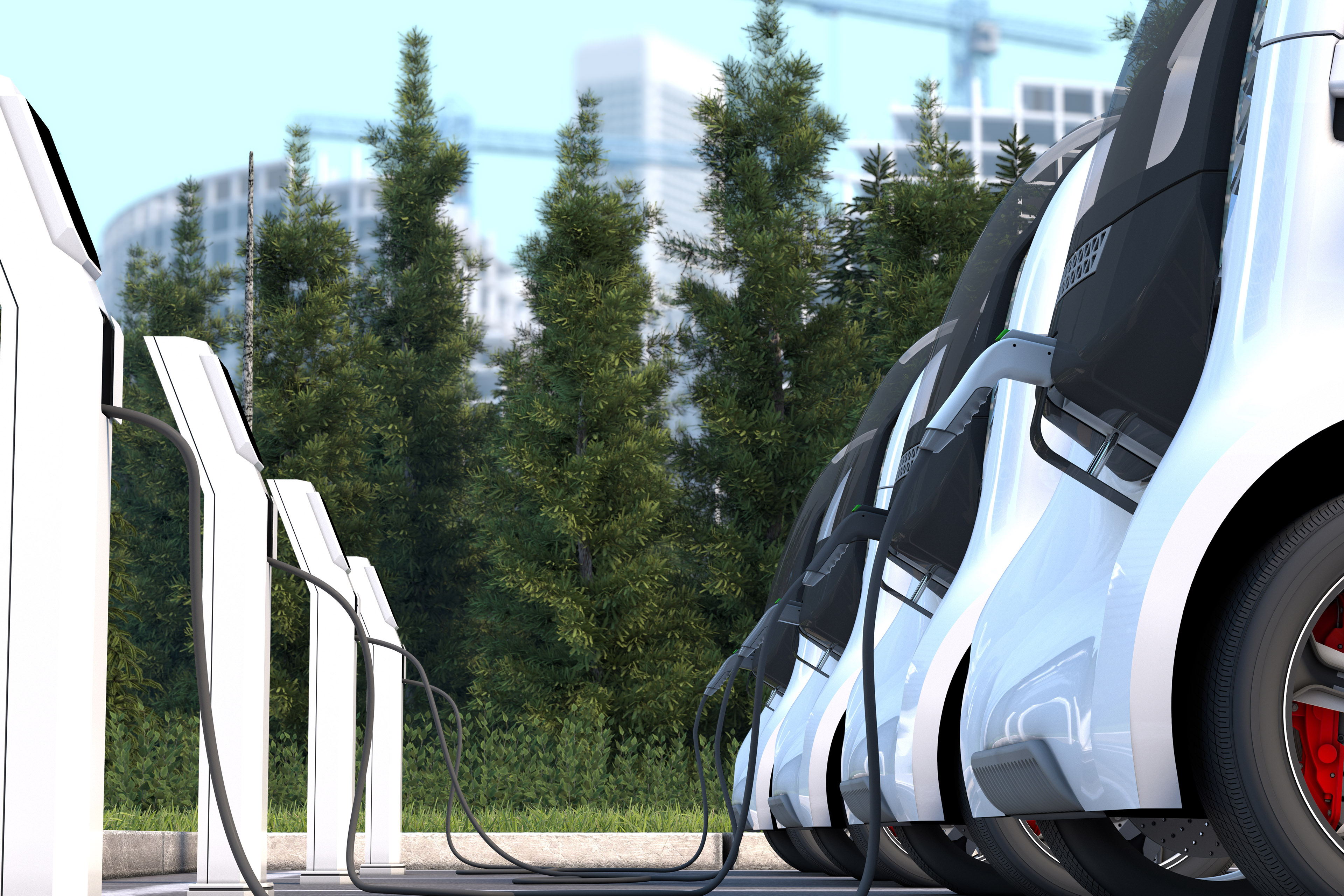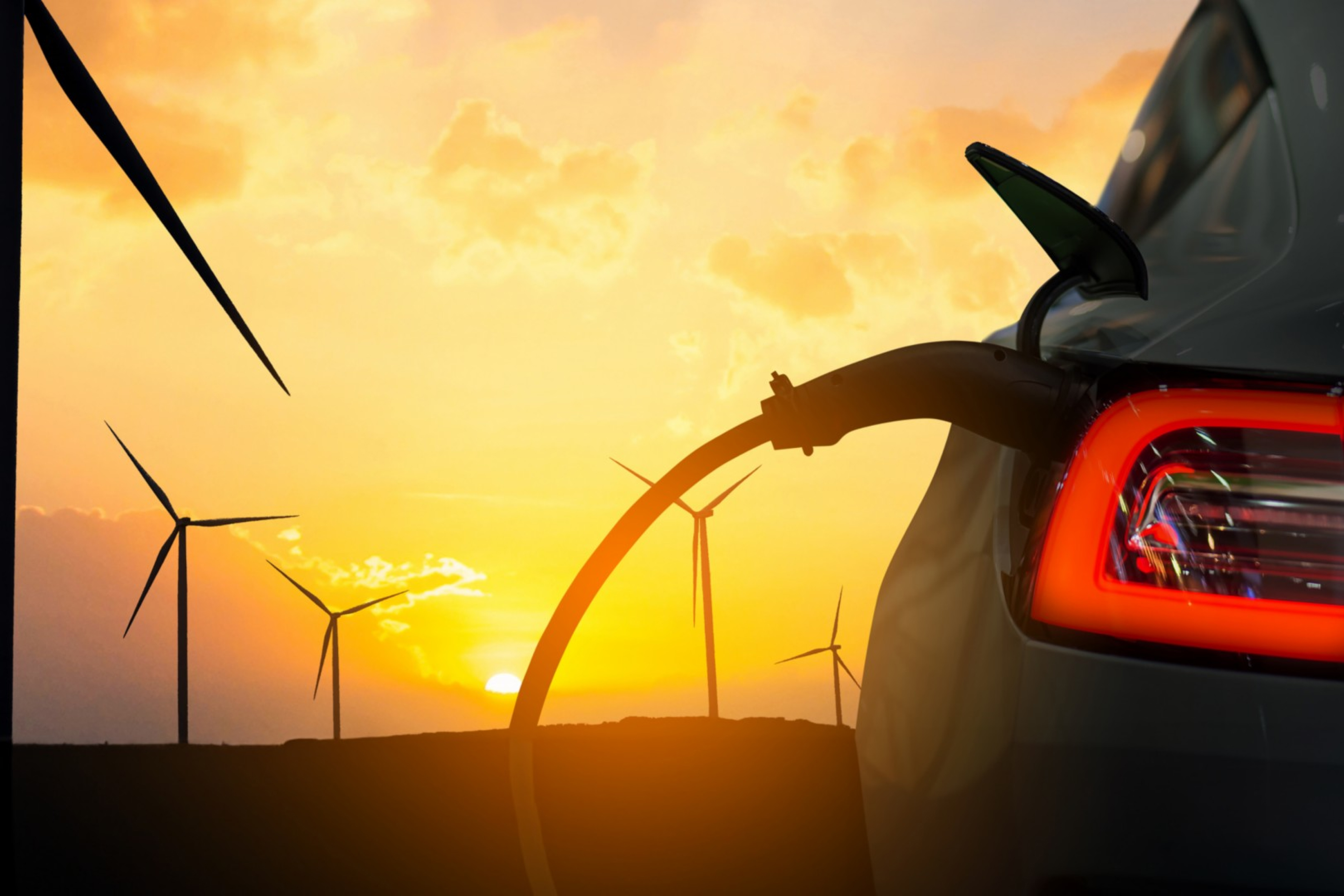EY refers to the global organization, and may refer to one or more, of the member firms of Ernst & Young Global Limited, each of which is a separate legal entity. Ernst & Young Global Limited, a UK company limited by guarantee, does not provide services to clients.
How EY can help
-
Read our latest insights to find out how to cultivate a culture of innovation and realize the full potential of disruptive, emerging technologies.
Read more
Managing the load: are DSOs the answer to advancing Canada’s electric future?
Offering real-time adaptability, seamless integration, efficiency and enhanced grid resilience, distribution system operator (DSO) collaboration may provide the balance Canada needs to modernize for a brighter tomorrow.
With industry and governments focusing on a wide range of technologies to deliver secure, sustainable and equitable energy solutions to meet looming net-zero ambitions, there is opportunity for today’s electricity distributors to step into the spotlight and step up with solutions to address a growing energy trilemma.
Delivering enhanced capabilities is not without its challenges, particularly for a historically risk-averse sector that’s often perceived as dated and static. Electricity demand is expected to double or even triple in coming years, so the industry must reframe this paradigm. Disruptive operating models will encourage innovation yet require agile and responsive policy changes to keep pace.
Understanding DSOs and their role in an evolving Canadian utilities landscape
A DSO is a real-time system operator for an active distribution network that manages and coordinates distributed generation at the local level, acting as a neutral facilitator to open markets and enabling easy access to the grid.
Most Canadian utilities operate under conventional market structures. DSO models represent a fundamental shift in managing and optimizing energy distribution, offering a range of critical value elements, like the ability to readily integrate solutions or the flexibility to optimize allocation and swiftly respond to variations in energy supply, that differentiate them from more traditional approaches.
As grid pressure builds, Canada’s distribution network operators (DNOs) alone are often overtaxed. Instead, working together with DSOs may help DNOs more effectively deliver on decarbonization targets while meeting the evolving needs of customers.
This confluence of complexities requires significant change and a clear roadmap for the future. Canada’s traditional utilities are not adequately prepared for growing distributed energy resource (DER) integration. They face challenges in seamlessly managing the rising bidirectional flow of energy between DERs — like EVs, wind turbines and solar farms — and the grid. And, given their historic operations, might be lacking the agility needed to adapt to the change that will be required. A specific set of competencies will be required: objective-aligned stakeholder strategies, massive data analysis and coordination, customer engagement and socialization, investment planning and a deep understanding of network needs.
The following DSO illustration demonstrates what a potential ecosystem and connection points between DERs, grid-edge technologies and stakeholders could look like for a Canadian utility:







